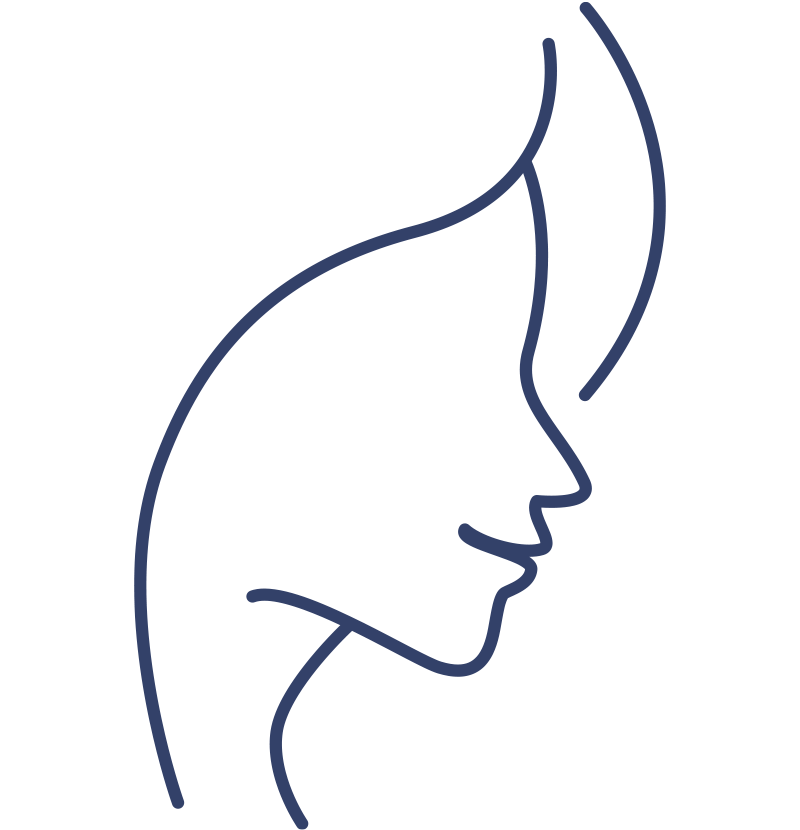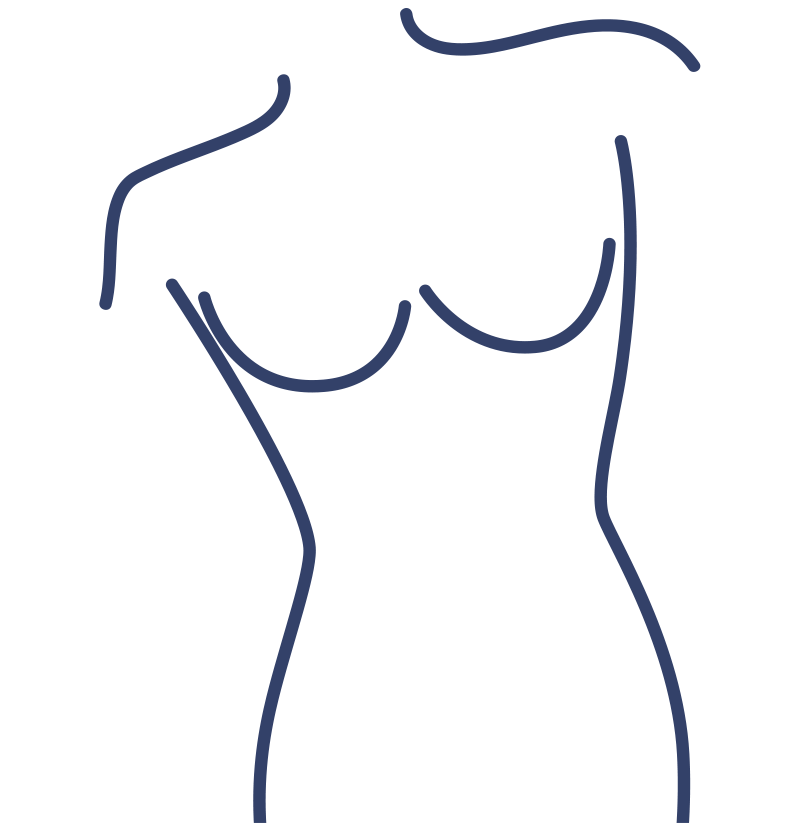Functional Rhinoplasty
About Functional Rhinoplasty
- A functional rhinoplasty is mostly concerned with addressing nasal function, performed if you have a condition that has resulted in breathing difficulties.
- If your breathing issues are caused by a deviated septum, your procedure will include a septoplasty, which aims to surgically correct the cartilage and bone inside your nose that separates the nostrils.
- This procedure is performed under a general anaesthetic in an accredited medical facility.
General Procedure
The procedure usually lasts from one to three hours under general anaesthesia.
A functional rhinoplasty is highly dependent on your anatomy, therefore the specific surgical process that will be undertaken is highly individualised. Dr Goh will formulate a plan that will address your concerns within the context of your anatomy.
Recovery Process
Generally, post-operative instructions call for plenty of rest and limited movement in order to speed up the healing process and to reduce the recovery time. Some swelling may be noticed; however, any swelling will disappear within a few weeks. A splint, bandages, and/or gauze are applied immediately following surgery to aid in the healing process and to minimize movement of the nose. Patients must refrain from smoking for several weeks before and after the surgery. In addition, any corrective glasses that are worn must be taped up and off the nose. Patients sometimes report pain associated with the surgery, which can usually be treated with oral medication and/or cold compresses. While complications are rare, you can minimize the risk of potential problems by carefully following the post-surgical directions given by Dr Goh.
Any surgical or invasive procedure carries risks. Before proceeding, you should seek a second opinion from an appropriately qualified health practitioner.

